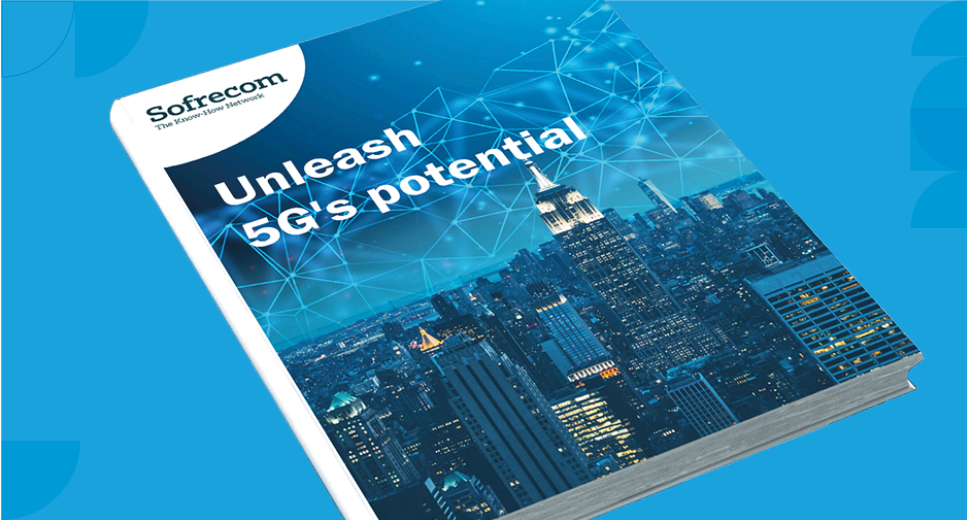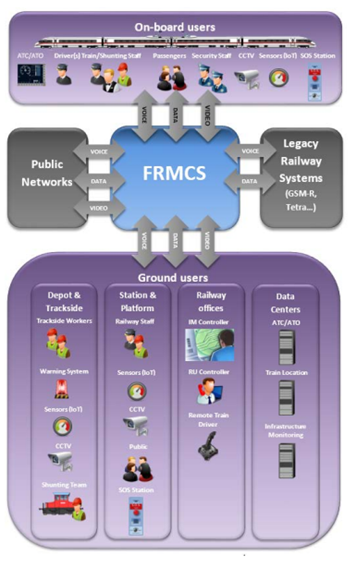
To avoid missing the train, railway companies must innovate and anticipate future challenges

During the summer season, thousands of travelers use trains, putting mobile networks to the test. Offering passengers an on-board experience as comfortable as at home is a true competitive advantage, both for occasional travelers and regular commuters.
One differentiating factor in this field is Orange’s strategy, which involves continuing the deployment of its 4G and 5G mobile network along railway lines in France. This initiative aims to meet the growing needs of mobile customers while supporting railway partners in delivering communication services.
Importance of mobile coverage for safety and efficiency
Mobile coverage goes beyond passenger comfort; it is also crucial for the safety and efficiency of railway operations. Railway workers, just like travelers, need a reliable connection to communicate with traffic controllers, train staff, and station personnel. For over twenty years, this communication has relied on the GSM-R (Global System for Mobile Communications – Railway) network—a 2G+-based standard specifically designed for railways. According to the International Union of Railways (UIC), GSM-R has been deployed on around 210,000 km worldwide.
Transition to the Future Railway Mobile Communication System (FRMCS)
With advancing technologies, by 2035, the Future Railway Mobile Communication System (FRMCS – 5G) will replace GSM-R. This transition, which may vary by country, could include a coexistence phase. In Europe, a new additional frequency is planned at 1900 MHz to improve communication quality and expand the range of services, such as Level 3 or 4 Automatic Train Operation (ATO).
Leveraging operator networks to reduce costs
Another interesting opportunity lies in leveraging commercial operator networks, which can reduce infrastructure costs while ensuring secure connectivity for railway companies. This approach also opens up new business opportunities for telecom operators and tower companies.
Stéphane Guillemaut, Head of Systems and Innovation at the Unified Telecoms Department, notes that this 5G will be similar to that used daily, but with an added layer of security—as is already the case in the military and police. The UIC estimates the necessary investment for 5G networks and on-board equipment at €50 billion for railway companies.
Challenges of mobile coverage on railway lines
Despite these advancements, several challenges remain in achieving reliable mobile coverage on railway tracks. Whether through an operator network or a dedicated railway network, ensuring good coverage is not easy. In addition to typical environments like suburbs and forests, specific factors such as viaducts, embankments, tunnels, and noise barriers can affect electromagnetic wave behavior. To ensure seamless outdoor-to-indoor coverage, independent of an antenna installed on the train, it’s also crucial to consider train design. For example, reception quality can differ between single-deck ("simplex") and double-deck ("duplex") trains.
Propagation models to improve coverage
To address these challenges, propagation models—such as the one developed by Orange—have been created. Developed in close collaboration with operational teams and innovation experts, the model accounts for railway-specific environments. It is based on a theoretical approach but also includes field measurements to better understand and validate the modeling of the train and specific environments such as tunnels and viaducts.
Since railway terrain is not always flat or obstacle-free, the model can also take into account multiple wave paths over hilly areas, absorption by vegetation corridors, and canyon effects (waves guided by noise barriers). This modeling helps network planning to ensure reliable and continuous connectivity. It has also contributed to building Orange’s know-how and expertise across various environments.
Conclusion: toward optimal railway connectivity
In summary, mobile coverage on trains is essential to meet passenger expectations and ensure the safety of operations. It is crucial to explore all available options, whether through dedicated private networks or commercial operator networks. A strategic approach is needed to deliver optimal rail connectivity while considering railway-specific propagation environments. It’s also essential to accurately assess the available solutions, regardless of the chosen network mix.
To avoid missing the train, at the dawn of the FRMCS era, companies in the railway sector must not only innovate and adapt, but also anticipate future challenges to remain competitive in an ever-evolving environment. This is also an opportunity for operators already involved in mobile train coverage to offer their networks, thus paving the way for new markets and tailored solutions to meet the growing demand for connectivity.
Sources :
- La carte de couverture mobile - Réseaux Orange
- FRMCS and 5G for rail: challenges, achievements and opportunities
- FRMCS | UIC - International union of railways
- Grâce à Eurostar et Orange Wholesale France, surfez à 300 km/heure* entre Londres et Paris - Wholesale
- FRMCS ou la radiocommunication ferroviaire du futur | SNCF Réseau
- Future Railway Mobile Communication System (FRMCS) | Nokia.com
- Le modèle de propagation radio d’Orange - Hello Future Orange






